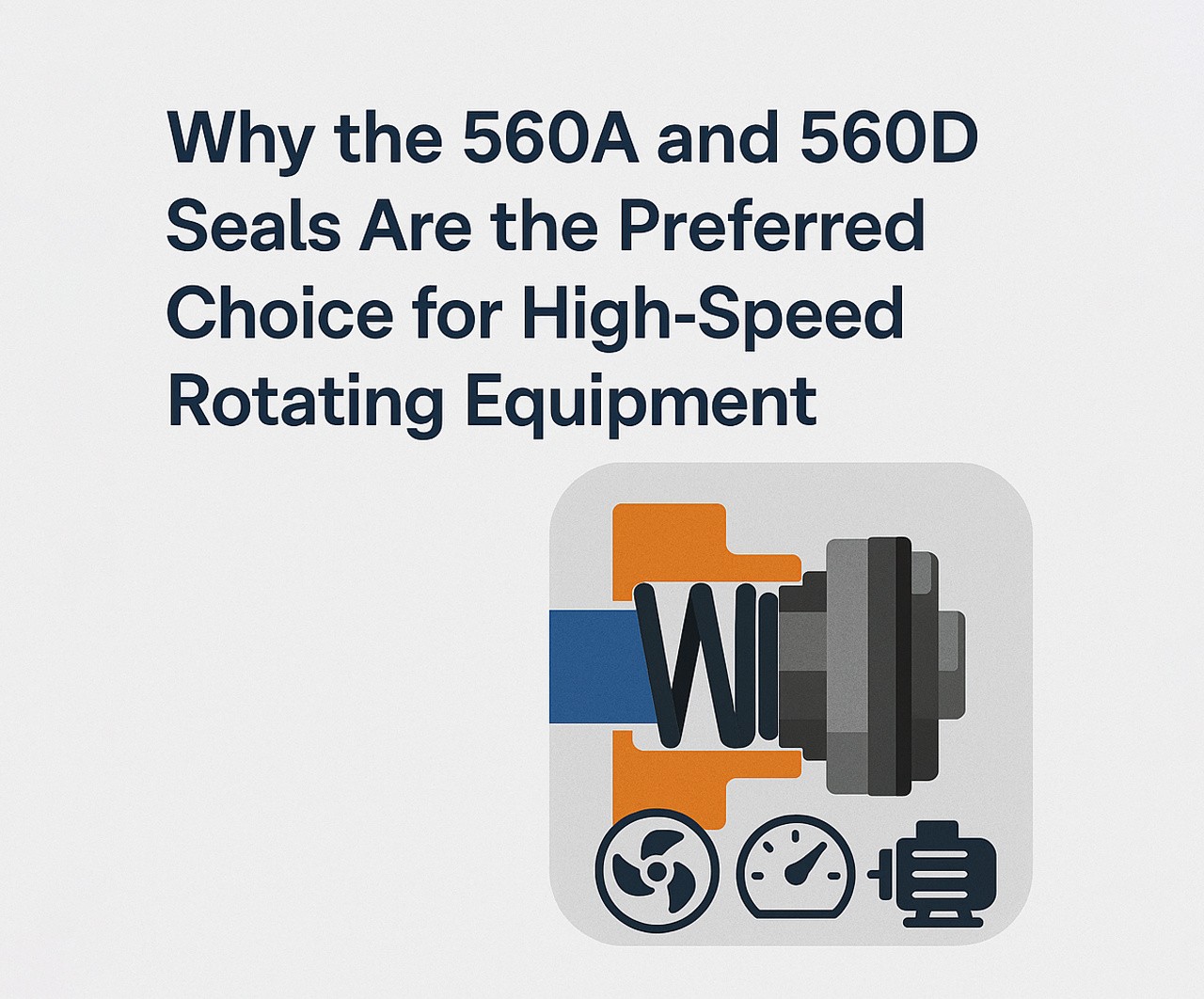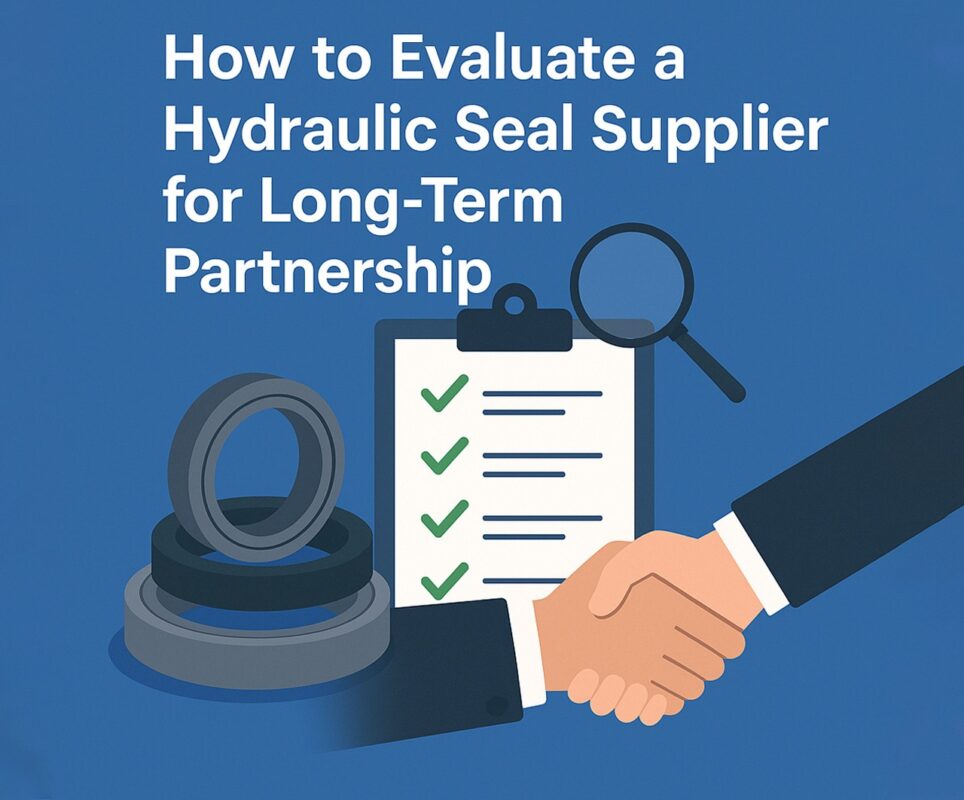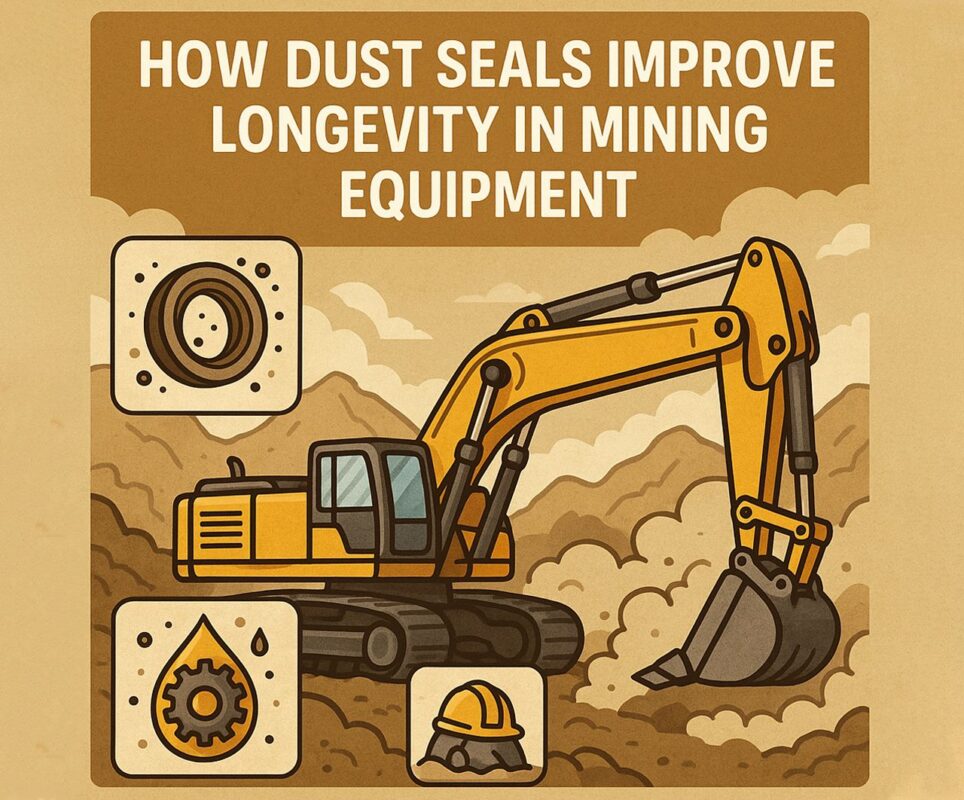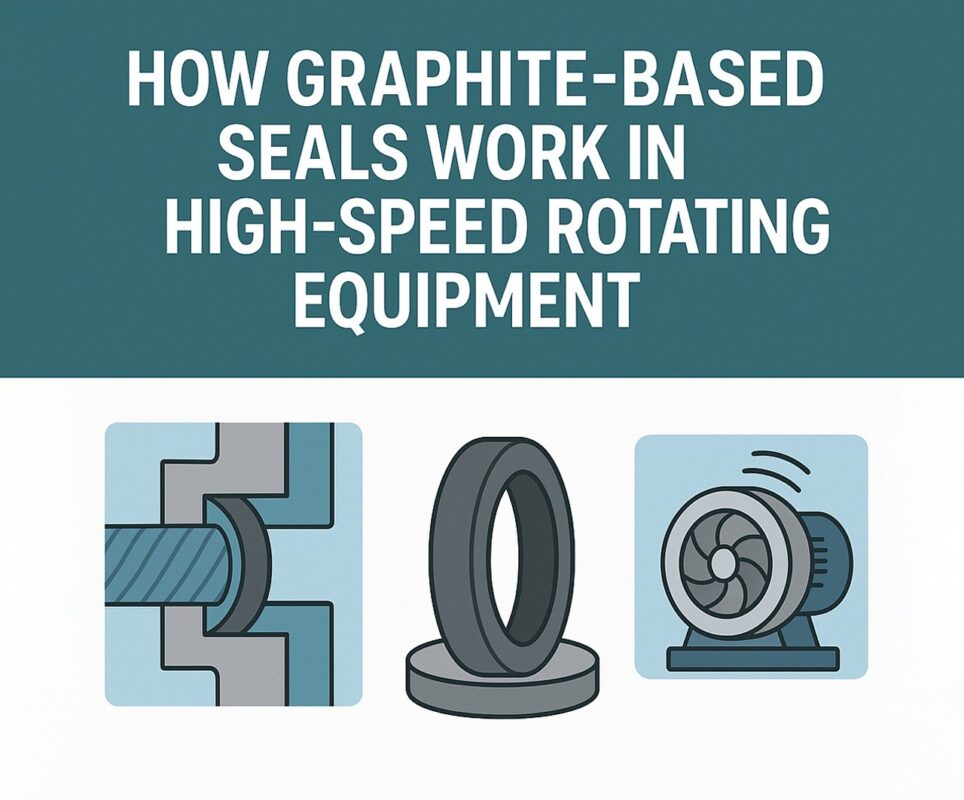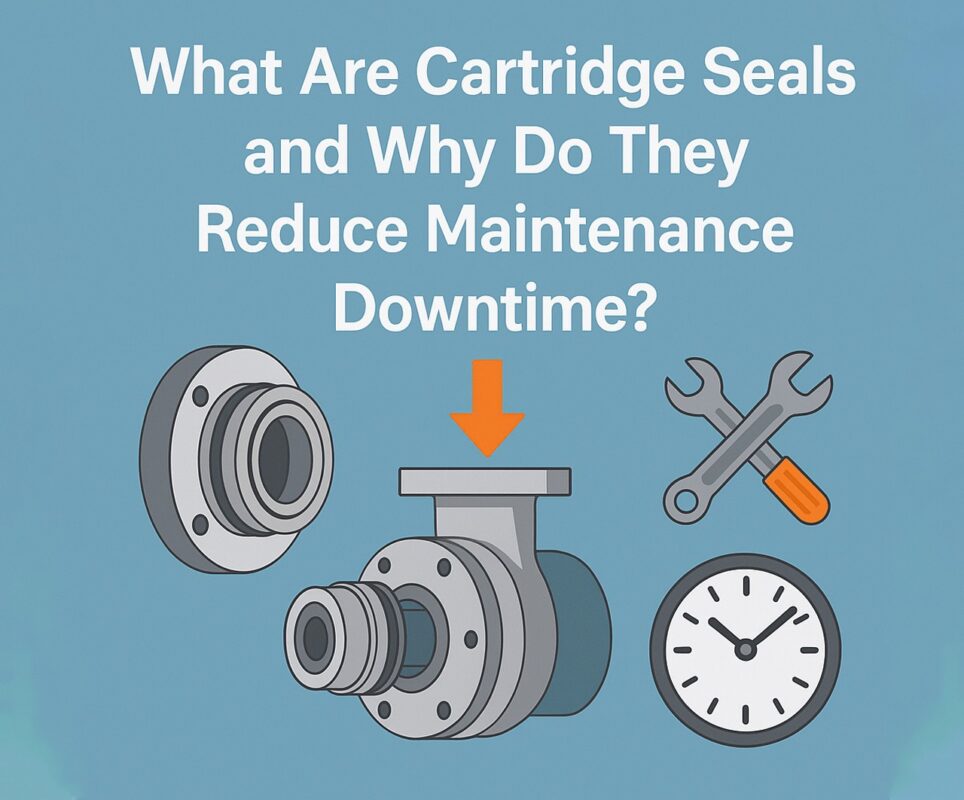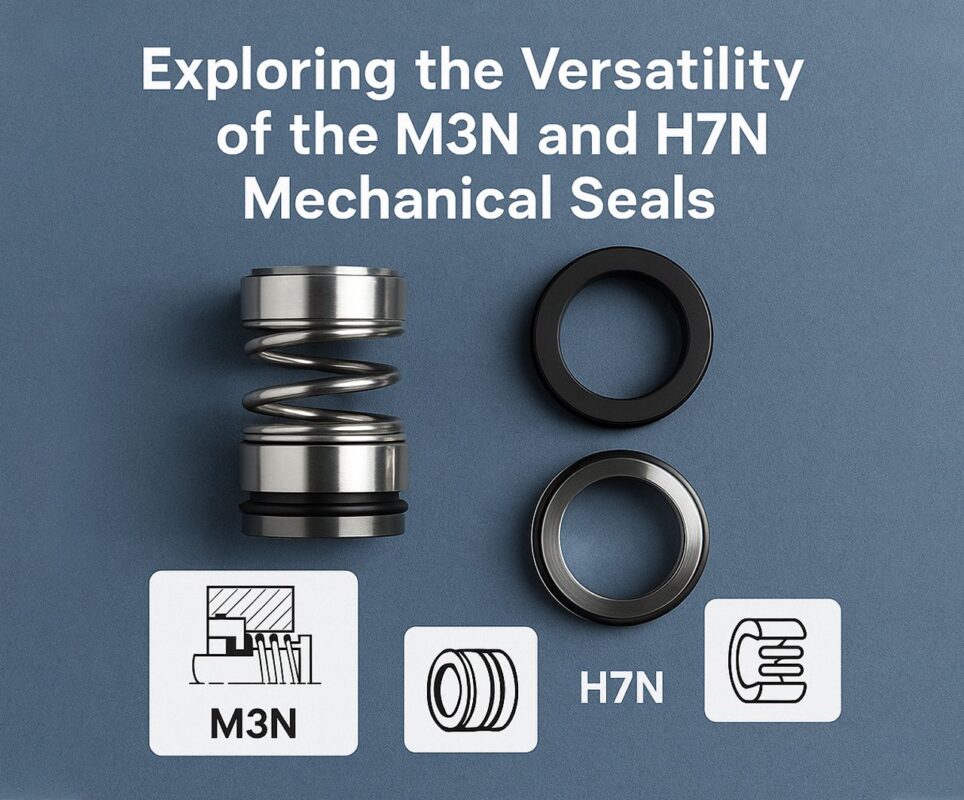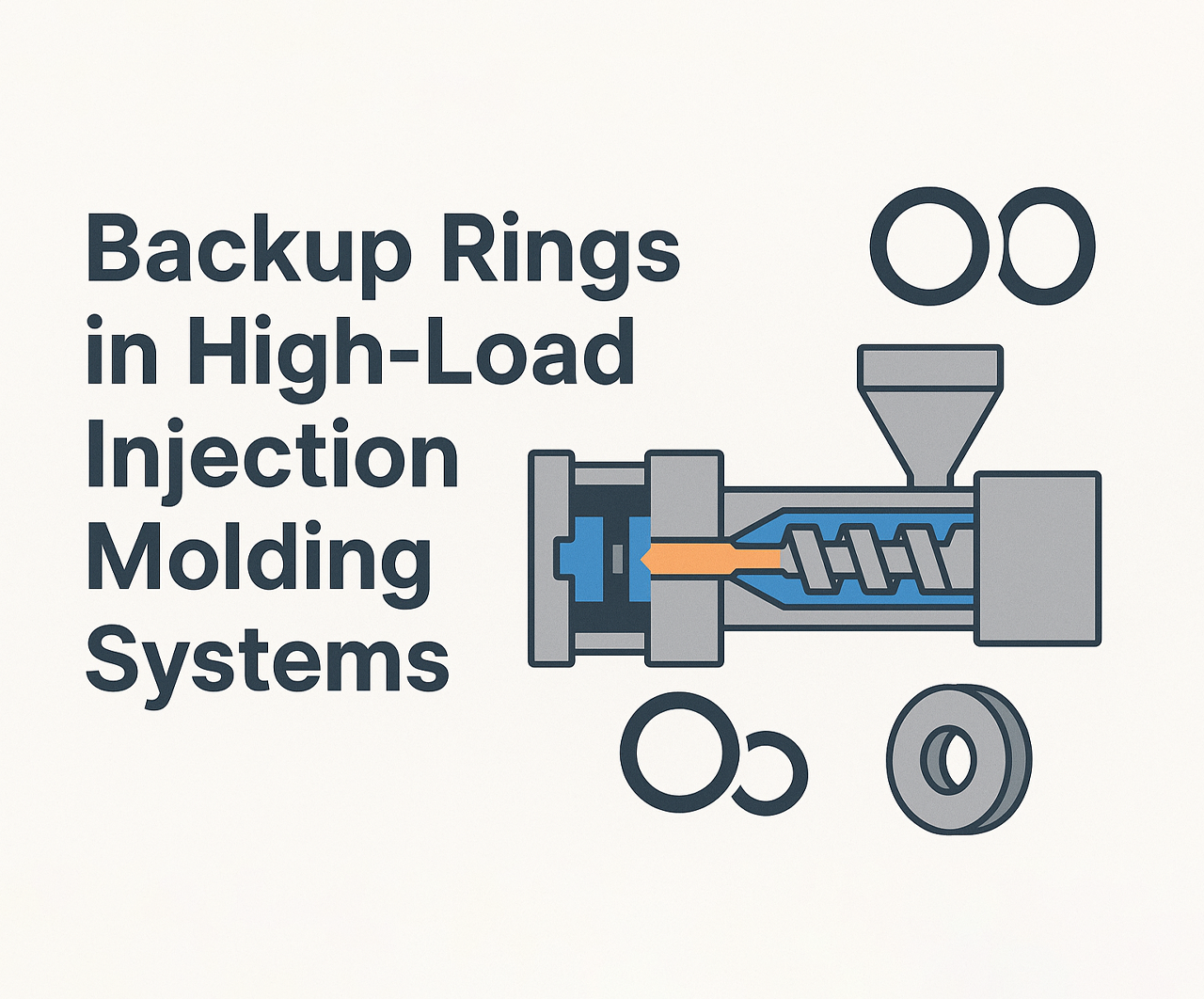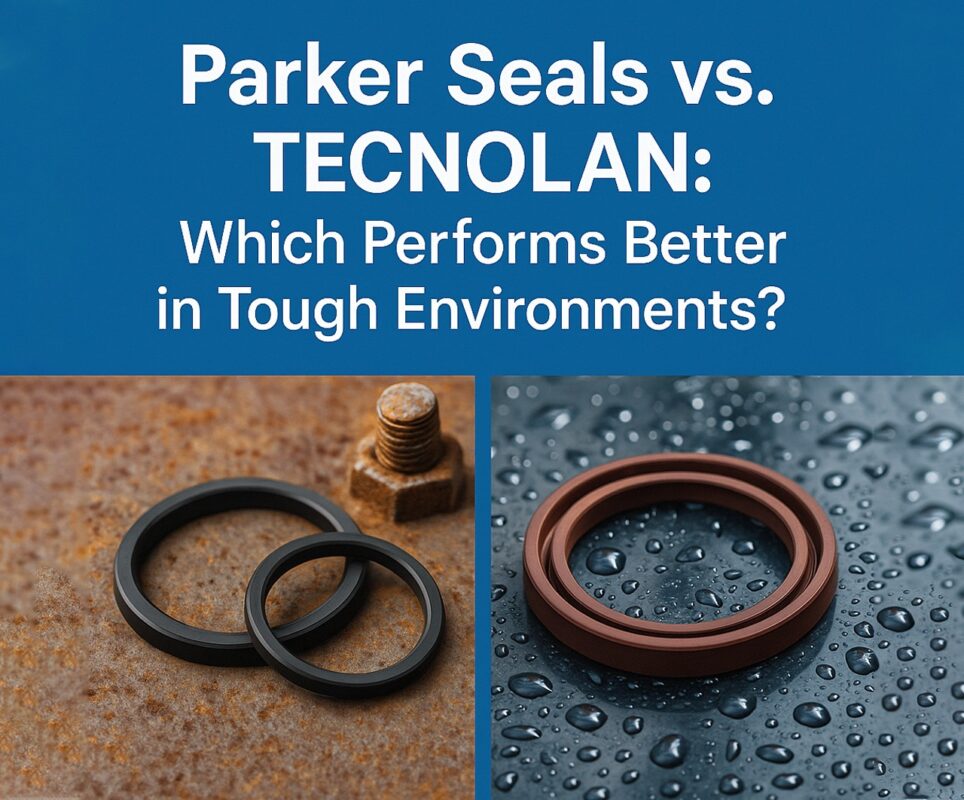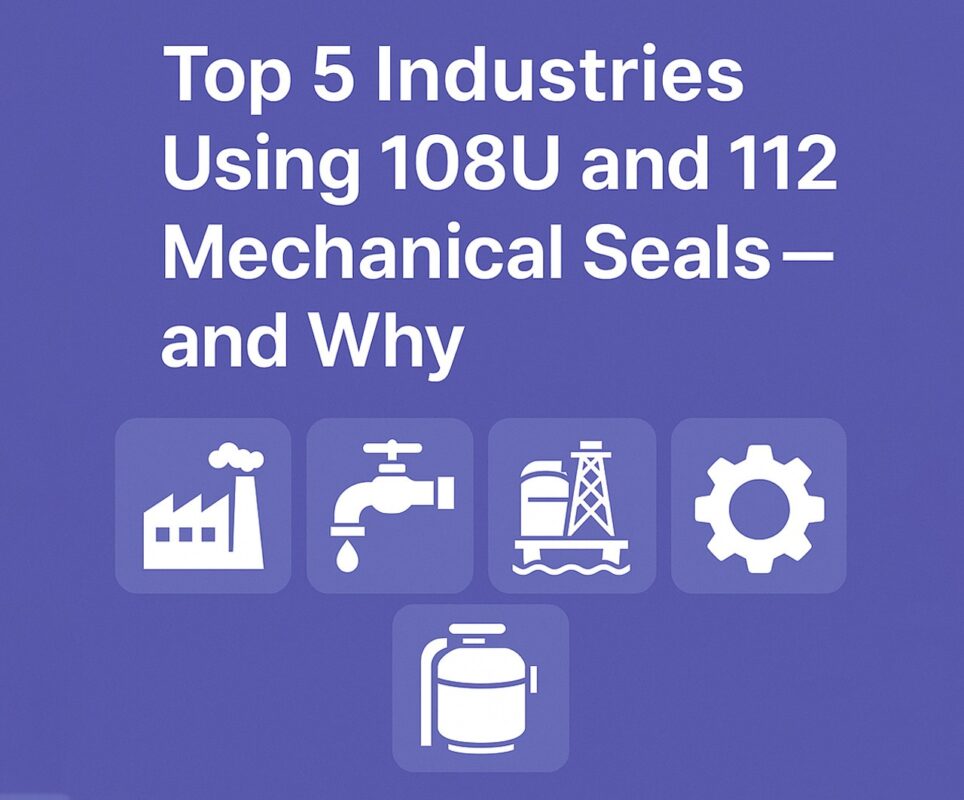When it comes to high-performance machinery, particularly equipment operating at high speeds, choosing the right mechanical seals is not just a detail—it’s a mission-critical decision. Engineers across industries consistently choose the 560A and 560D models due to their unique design, longevity, and adaptability. These are not your average mechanical seal units—they represent a specific class within advanced mechanical seal types that are engineered for maximum reliability under extreme conditions.
In this article, we’ll explore why these seals outperform others in the field, how their design enhances efficiency, and what makes them the preferred choice for rotating equipment that simply can’t afford to fail. Know more..
The Role of Mechanical Seals in High-Speed Systems
First, let’s revisit what mechanical seals actually do. Their core function is to prevent leakage between a rotating shaft and stationary housing. In high-speed systems—think turbines, compressors, centrifugal pumps—seals must withstand high RPMs, pressure spikes, and temperature changes while maintaining a secure, leak-free seal.
The 560A and 560D mechanical seal types are engineered for exactly this environment. Unlike traditional packing or basic seal setups, these models provide:
- Superior wear resistance
- Optimized fluid dynamics
- Exceptional balance for high-speed shaft rotation
All while remaining compact and relatively easy to install.
Introduction to the 560 Series
Both the 560A and 560D are part of the 560 series, standardized, unbalanced seals that have been adopted widely for their reliability and universal adaptability. They belong to a family of mechanical seal solutions developed for moderate to high-speed equipment.
Their standout features include:
- Compact axial design
- Consistent face loading
- Flexibility across shaft diameters and housing types
- Easy integration with standard gland plates
Key Design Differences: 560A vs. 560D
While both belong to the same family, there are subtle yet significant design differences between the 560A and 560D mechanical seal types:
| Feature | 560A | 560D |
| Seal Head Type | Rubber bellows | Rubber bellows |
| Torque Transmission | Shaft-driven | Spring-driven |
| Balance Style | Unbalanced | Unbalanced |
| Secondary Seal | Elastomer bellows | Elastomer bellows |
| Typical Application | General high-speed systems | Slightly misaligned systems |
| Best For | Consistent conditions | Varying shaft movements |
Because they are unbalanced, both seals are best suited for applications with controlled pressure and clean operating conditions—but each model handles system dynamics differently.
Advantages of 560A and 560D in High-Speed Environments
1. High-Speed Compatibility
These seals can handle higher shaft speeds than many traditional mechanical seal types, making them ideal for centrifugal pumps, mixers, and compressors. Their dynamic balance reduces vibration and heat build-up, both of which are common failure points in high-RPM applications.
2. Minimal Axial Space Requirements
With their short axial build, 560A and 560D seals fit into tight hardware envelopes, which is crucial in compact, high-speed equipment where every millimeter matters.
3. Excellent Thermal Stability
The elastomer bellows used in both seals absorb heat and resist thermal expansion, helping prevent seal face distortion even in thermally aggressive environments.
4. Self-Centering Action
This feature reduces installation error and misalignment, which are leading causes of early mechanical seal failure. The 560D’s design is especially forgiving in systems where shaft movement is inconsistent or misaligned.
5. Cost-Effective Reliability
Despite being high-performance mechanical seals, the 560 series is remarkably affordable. They provide excellent lifecycle value due to minimal maintenance and long service life.
Material Compatibility and Customization
The standard 560A and 560D designs can be supplied with a range of materials to suit different chemical and temperature conditions:
- Carbon vs. Silicon Carbide faces: For general vs. abrasive fluid applications
- NBR, EPDM, or Viton elastomers: For fluid compatibility
- 316 Stainless Steel: Standard for corrosion resistance
These customizations allow the 560 series to compete with even more expensive or specialized mechanical seal types without compromising durability or performance.
Typical Applications Across Industries
Because of their versatility, 560A and 560D mechanical seals are used in:
- Water treatment pumps
- HVAC systems
- Light chemical processing
- Food and beverage machinery
- Power generation cooling loops
In every one of these, speed, seal integrity, and thermal management are critical.
Installation Best Practices
To get the most out of 560A and 560D mechanical seals, follow these guidelines:
- Clean the shaft and gland thoroughly before installation
- Lubricate the elastomer bellows with a fluid-compatible grease
- Check spring compression to avoid over-tightening
- Avoid dry running during startup—always prime the pump
- Perform a pressure test post-installation to ensure seal integrity
Even though these seals are user-friendly, following the correct installation protocol enhances longevity and performance.
Common Failure Modes to Watch For
Even the best mechanical seals can fail under the wrong conditions. With 560A and 560D models, most issues stem from:
- Incorrect material pairing
- Shaft misalignment (particularly with 560A)
- Dry running during startup
- High-pressure spikes beyond design thresholds
Monitoring vibration, temperature, and fluid pressure regularly can help catch issues before they escalate.
How They Compare with Other Mechanical Seal Types
Here’s how the 560 series compares to other mechanical seal types:
| Feature | 560 Series (A/D) | Cartridge Seal | Component Seal |
| Speed Handling | High | Medium–High | Medium |
| Space Requirement | Low | Medium–High | Low |
| Cost | Low–Medium | High | Low |
| Installation Complexity | Low | Very Low | High |
| Misalignment Tolerance | Moderate (560D best) | High | Low |
If your system demands high RPM performance and value, 560A and 560D seals beat most conventional options without the price tag of a full cartridge unit.
Future-Proofing Your Equipment
With industries pushing for higher speeds and better energy efficiency, the demand for robust yet affordable mechanical seals like the 560 series will only grow. Their adaptable design means they can be upgraded with newer materials and used in emerging clean-energy systems, making them a smart long-term investment.
Whether you’re building a new piece of equipment or retrofitting an older system, using proven mechanical seal types like the 560A or 560D ensures reliability where it matters most—at the point of motion.
Conclusion
In high-speed rotating equipment, every detail matters—and your choice of mechanical seals is one of the most impactful. The 560A and 560D seals offer the perfect balance of performance, ease of use, and cost-effectiveness. Their proven reliability across industries, combined with flexibility in materials and installation, makes them stand out among other mechanical seal types.
Whether you’re designing an HVAC chiller or maintaining a chemical dosing pump, these seals deliver consistent, high-performance results in environments where failure is not an option.

